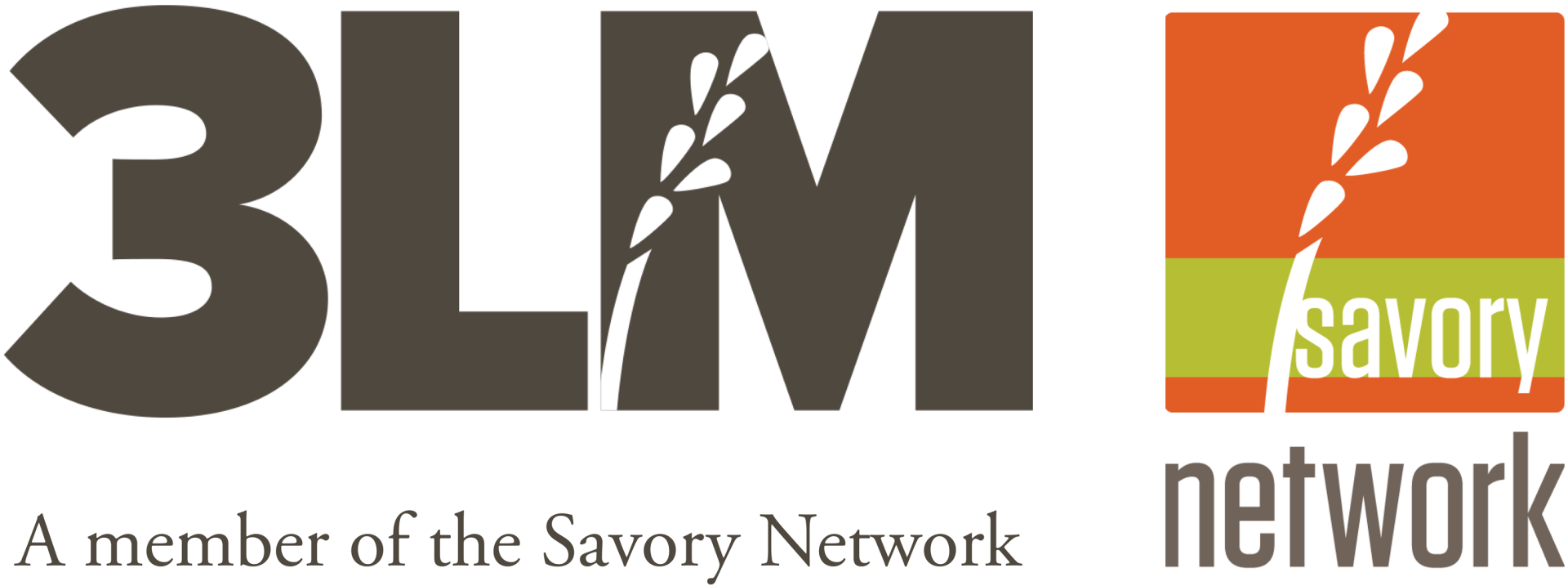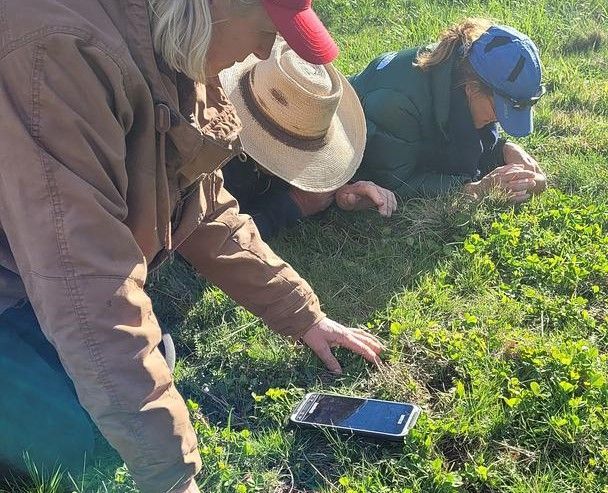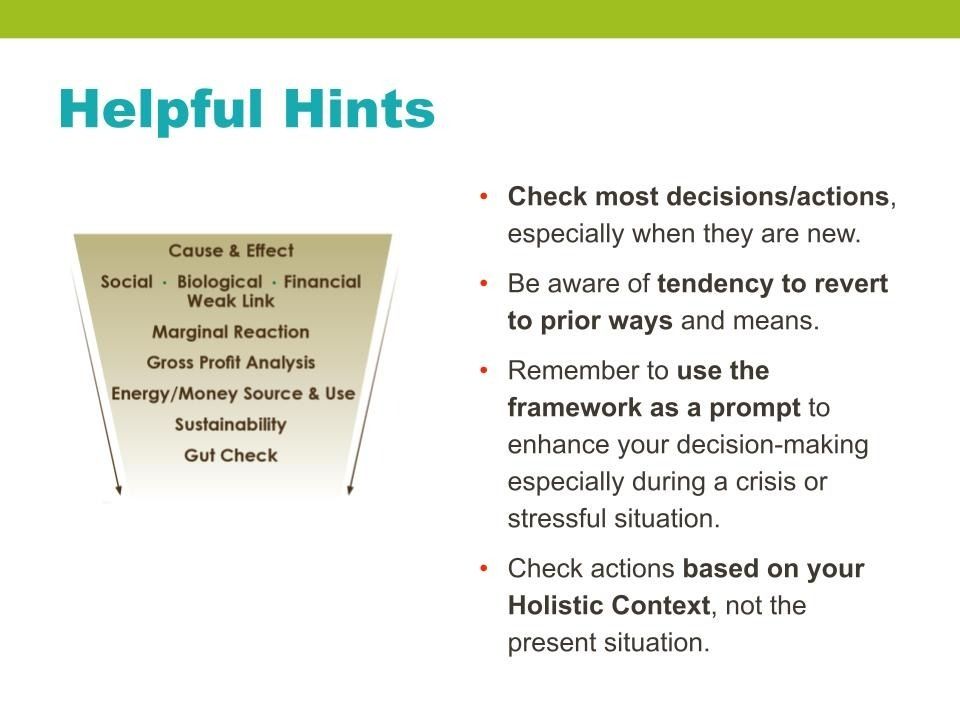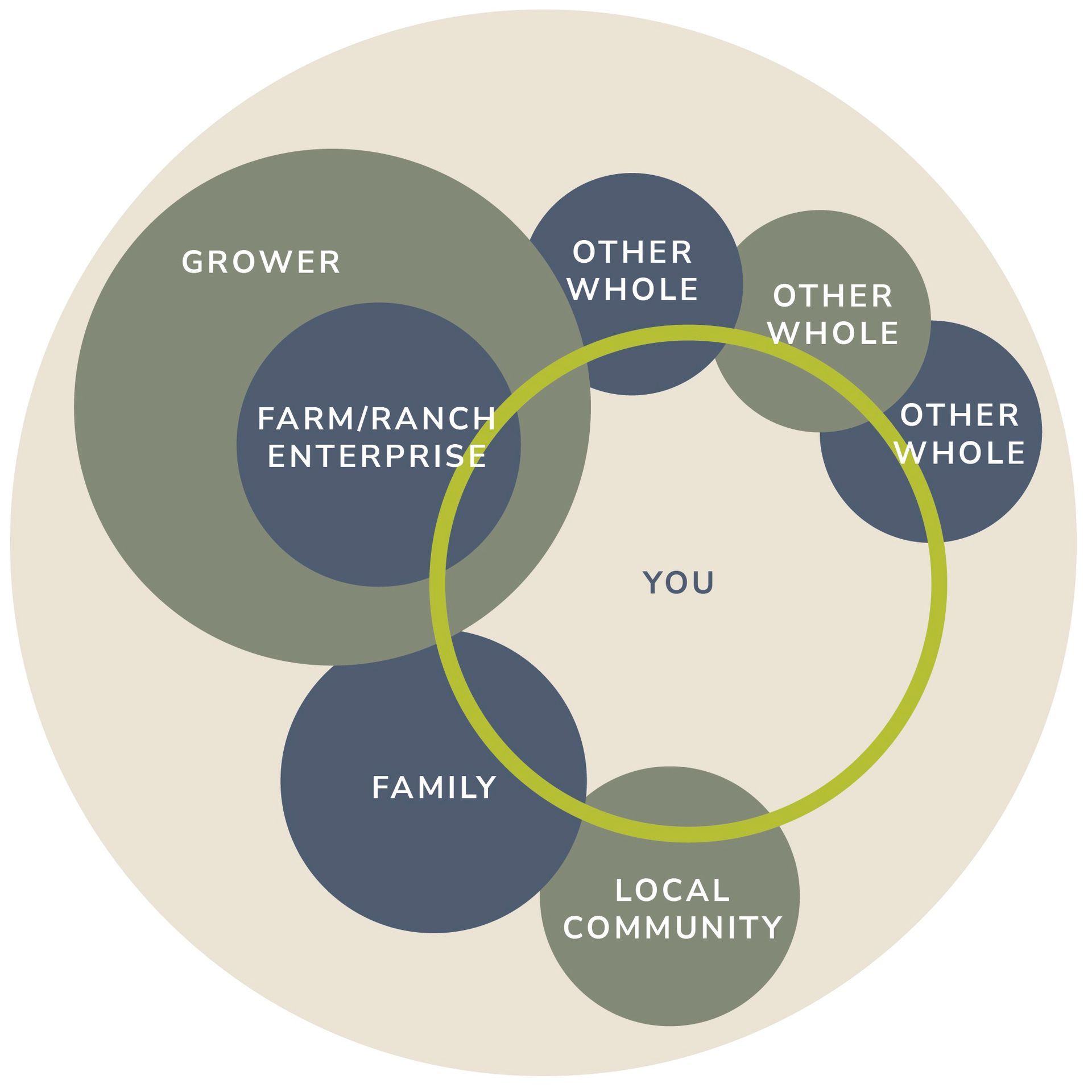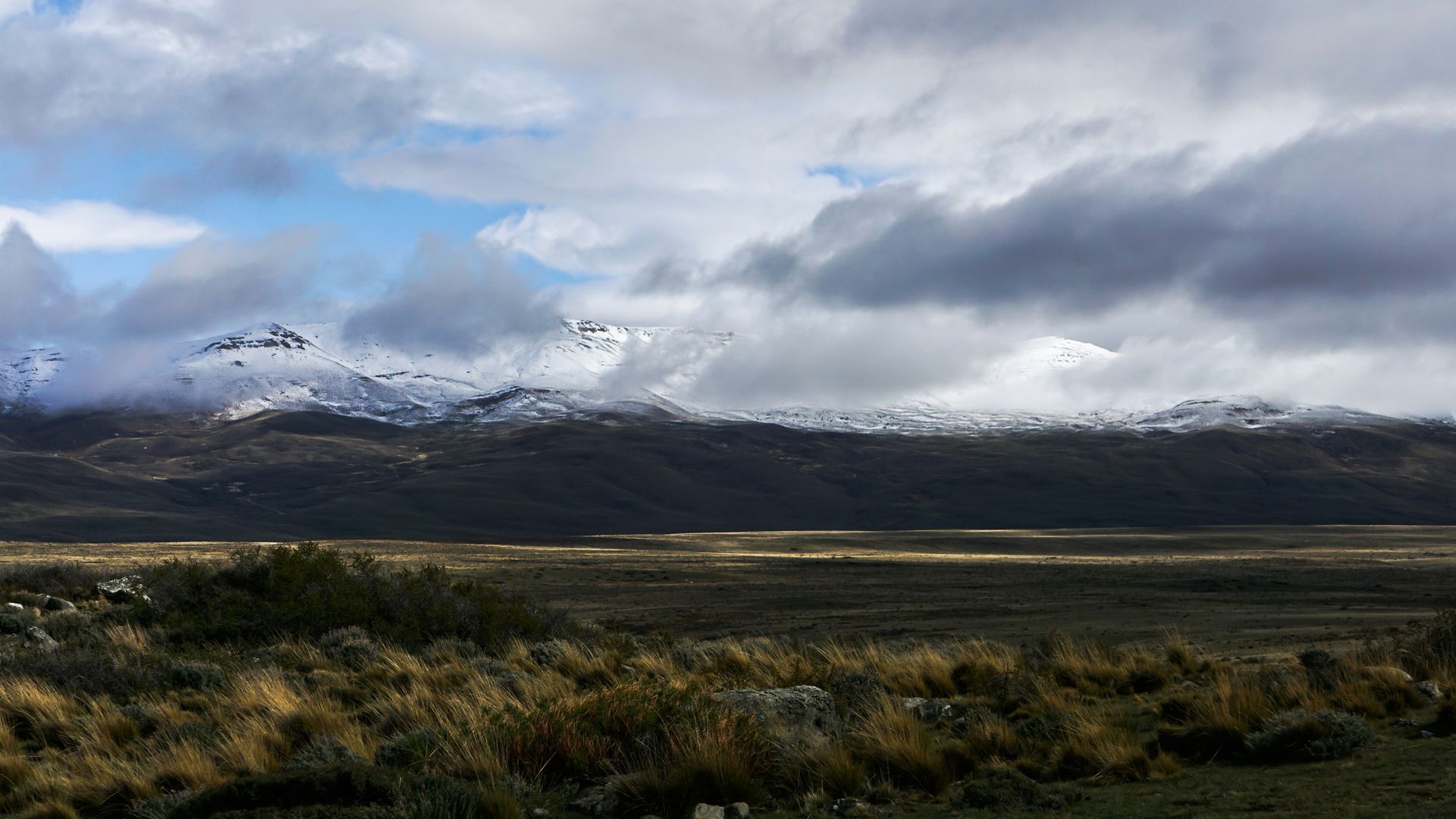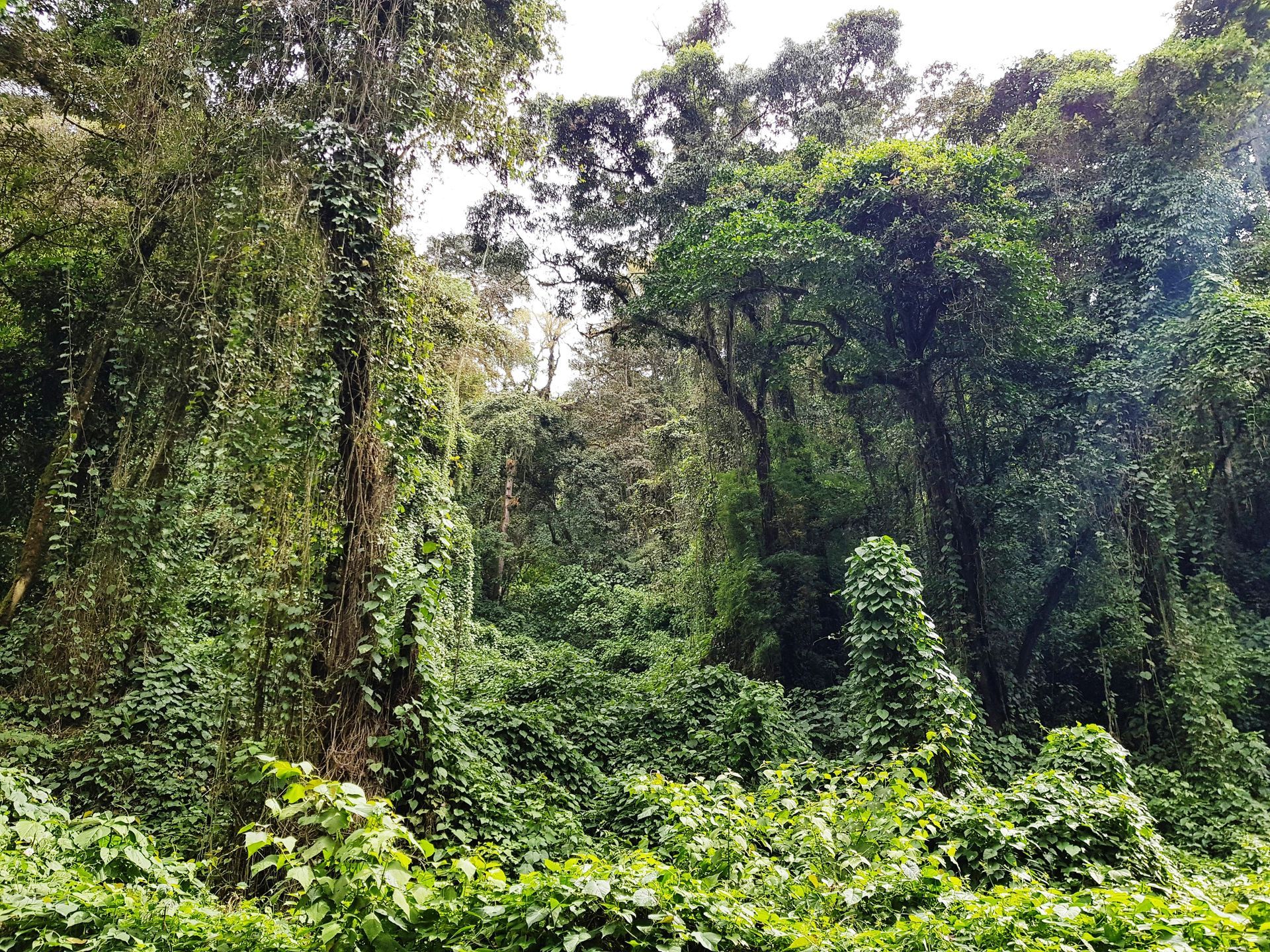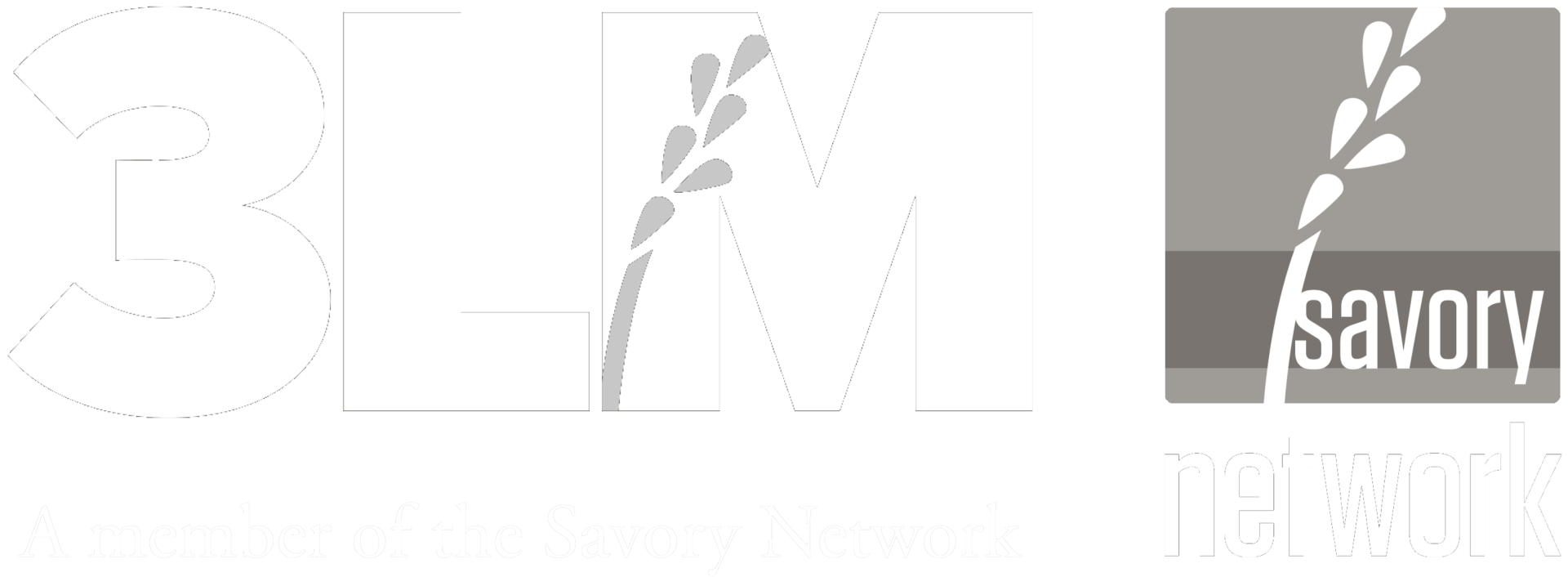Holistic Financial Planning - A new model for growth
Could this be a new way of considering profit generation?

The Problem with the Traditional Profit-First Model
For centuries, businesses and financial institutions have operated on a single-dimensional model of profit. The prevailing paradigm is simple: maximise revenue, minimise costs, and optimise returns for shareholders. While this model has driven economic expansion, it has also led to unchecked extraction, environmental degradation, wealth inequality, and corporate behaviours that range from short-sighted to outright sociopathic.
In this model, success is defined solely by financial performance, with little regard for the ecosystems—both social and environmental—that sustain business itself. This is why the world’s largest corporations continue to strip natural resources, exploit labour, and externalise costs onto communities, treating finance as a zero-sum game rather than a circulatory system within a living, evolving economy.
To counteract these destructive tendencies, alternative financial models have emerged, attempting to balance financial success with social and environmental responsibility.
The Evolution of Financial Models
Triple Bottom Line (TBL)
The Triple Bottom Line is a concept familiar to many purpose-led businesses today. The 'triple' refers to three interconnected priorities:
People (social impact)
Planet (environmental impact)
Profit (economic viability)
While this approach broadened the focus beyond profit alone, it often resulted in businesses treating these areas as separate, requiring a balancing act rather than integrated decision-making.
Penta Bottom Line (PBL)
Building on TBL, the Penta Bottom Line introduced two additional dimensions:
Purpose (organisational or personal mission)
Progress (ongoing evolution, learning, and adaptability)
PBL aimed to create a more holistic framework for business and financial decisions. However, it still maintained a categorical approach, treating financial, social, and environmental concerns as separate areas to be balanced, rather than as a single, interconnected whole.
How Holistic Financial Planning Takes the Next Step
Holistic Financial Planning (HFP), as taught by 3LM and the Savory Institute, moves beyond the limitations of TBL and PBL by ensuring that financial decision-making is intrinsically linked to the regenerative capacity of the whole system. Instead of treating financial concerns as one of many separate factors, HFP ensures that profitability emerges from systemic health, rather than competing with it.
Rather than focusing on balancing multiple bottom lines, HFP recognises that a truly viable financial system must regenerate rather than extract. The key shift is moving from treating finance as an external measurement of success to embedding it within the ongoing cycles of social, ecological, and economic vitality.
______________________________________________________________
If we examine growth through the conventional lens of economics, it is frequently posited that expansion and profit must inevitably encounter an upper limit, constrained by finite resources and diminishing returns.
Yet, when we shift our perspective to a biological paradigm, growth is no longer a zero-sum equation but an unfolding expression of life’s regenerative potential.
In the context of farming and ecological systems, true growth is measured not in extraction but in the capacity to enhance and extend viability itself.
We are far from reaching a threshold; in fact, we stand at the precipice of reclaiming our ability to harness the inexhaustible radiance of the sun, translating it into ever-renewing cycles of abundance. If stewarded with wisdom, this regenerative force has the potential to flourish for centuries, not only sustaining economic prosperity but restoring equilibrium to the living systems upon which all wealth ultimately depends.
______________________________________________________________
Rethinking What Money Represents
Money should not simply be a tool for extracting value—it should be understood as an energy flow that, when used wisely, nurtures life rather than depleting resources. This perspective is particularly relevant in agriculture, where financial viability should emerge from whole-system integrity, rather than as an isolated metric.
While traditional models assume linear, profit-driven growth, HFP embraces evolutionary growth, in which financial success is tied to adapting, regenerating, and creating abundance within planetary limits. The assumption that there must be an upper limit to expansion and profit is based on a flawed, extractive view of economic growth. When viewed biologically, true growth is the expansion of total viability on Earth—a potential we are nowhere near reaching.
Ironically, the traditional financial model does not expand viability—it actively depletes it. Instead of cultivating the conditions for sustained and expanding wealth, it erodes the very foundation upon which future prosperity depends. In contrast, Integral Financial Viability (IFV), a concept emerging from holistic financial thinking, recognises that profit should emerge from increasing systemic health, not from exhausting finite resources.
Shifting Financial Decision-Making from Static to Dynamic
In a traditional profit-first model, financial decision-making is linear and extractive. Businesses ask, "How much profit do we need, and how can we minimise harm?" Finance is treated as a separate concern, with sustainability only considered when it aligns with profitability.
HFP repositions finance from a static measure of past impact to a dynamic function that fuels resilience, adaptability, and abundance. By making financial decisions in real-time, businesses and organisations can respond to changing conditions while maintaining their long-term viability.
A New Paradigm for Finance
Rather than using finance simply as a measurement tool for impact, Holistic Financial Planning integrates financial health into the broader system of ecological and social well-being. This ensures that financial success is inherently tied to the health of the whole—people, planet, and progress—while continuously evolving to meet the complex realities of an interconnected world.
HFP is not just a new way to measure financial health—it is a new way to create it. By embedding finance within living systems, it paves the way for businesses and organisations to operate in a truly regenerative manner, ensuring that financial success serves as a catalyst for long-term abundance rather than short-term extraction.

